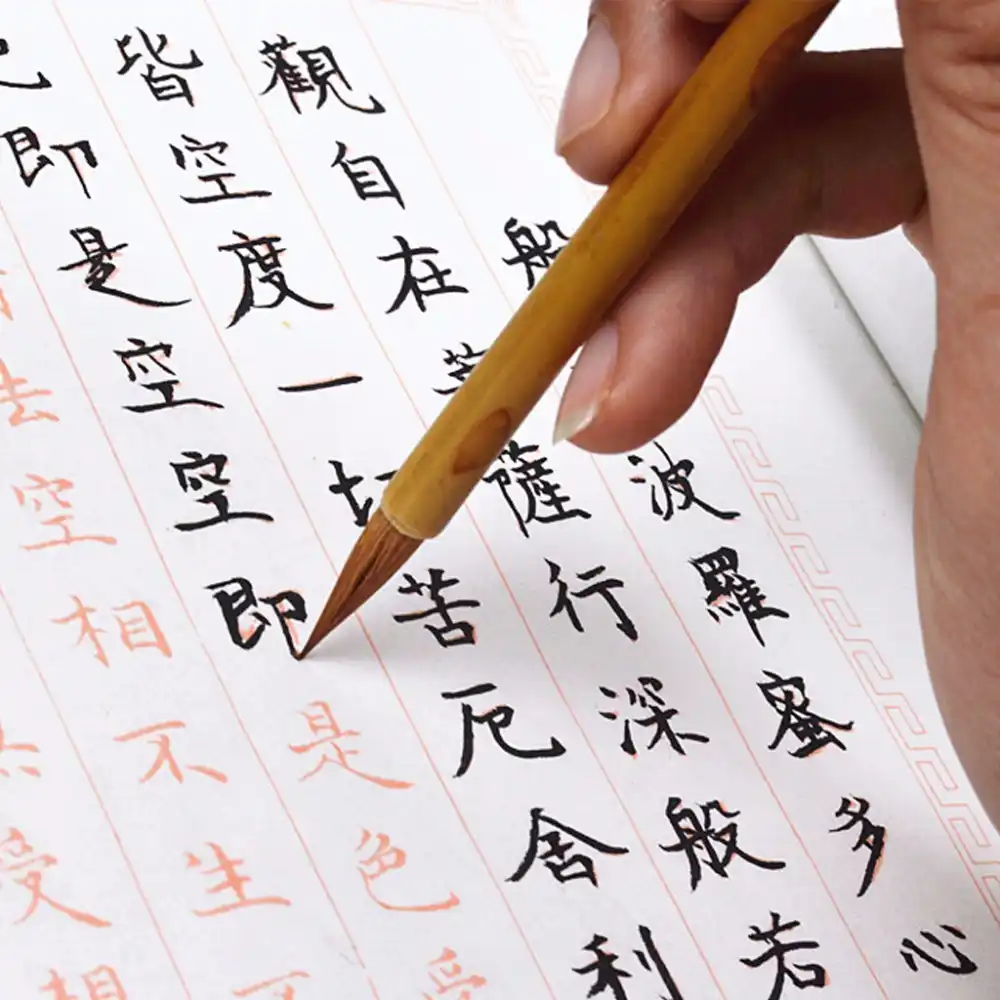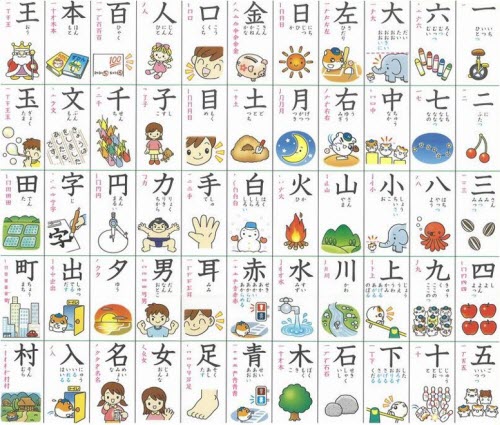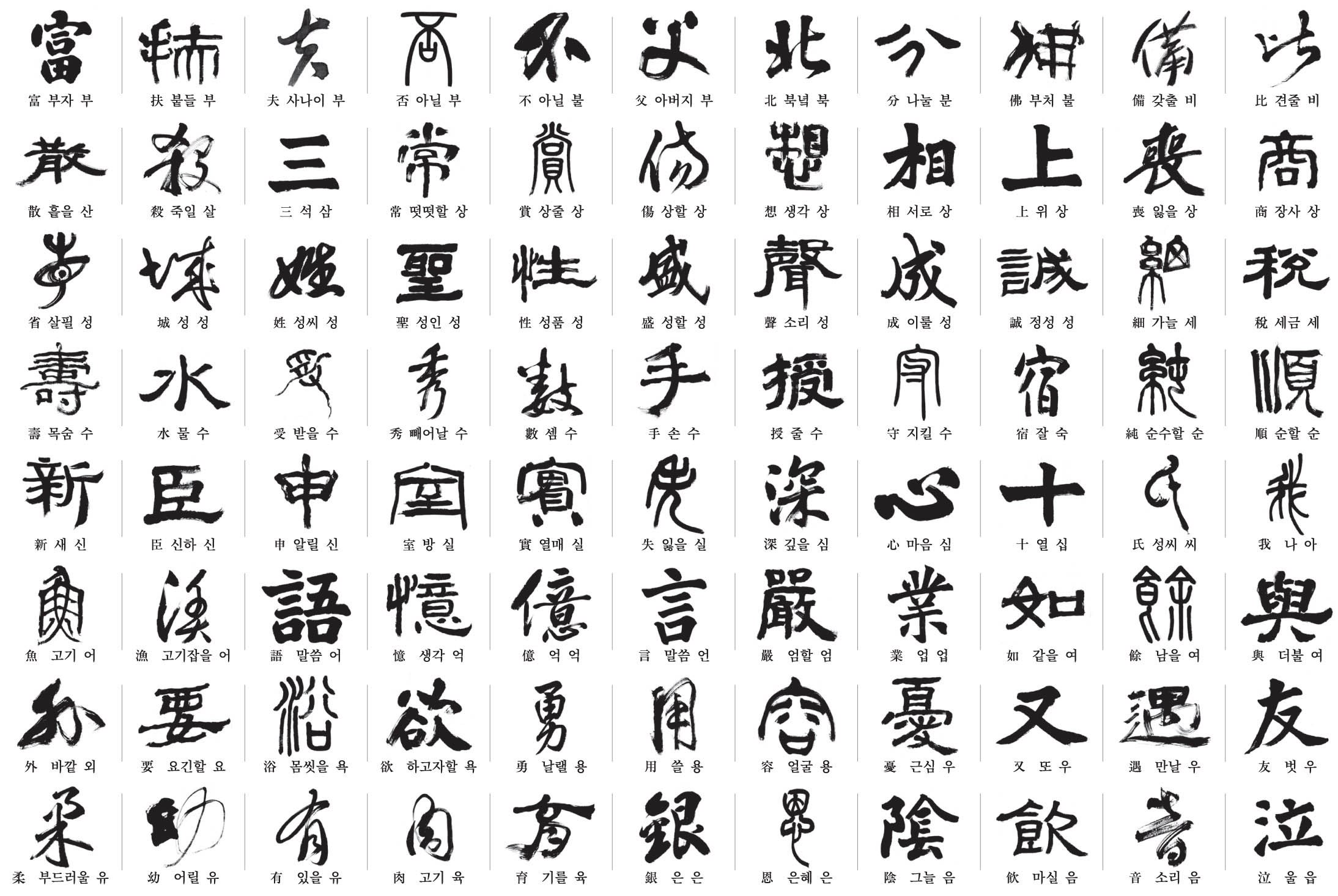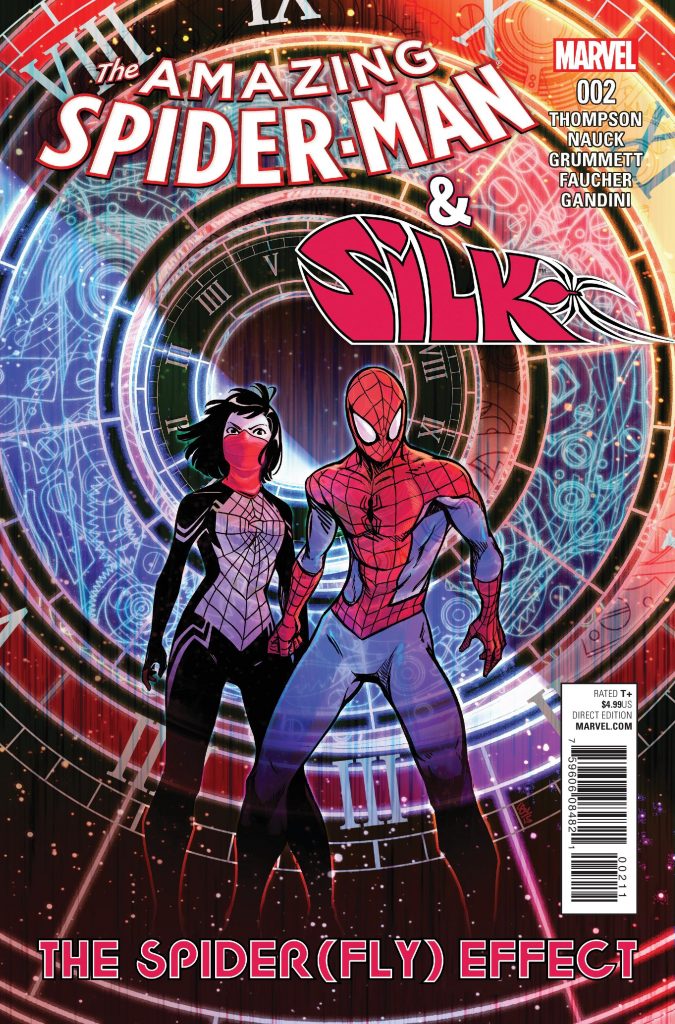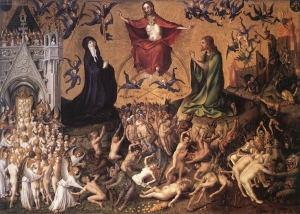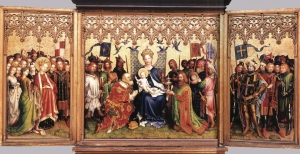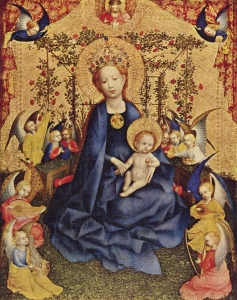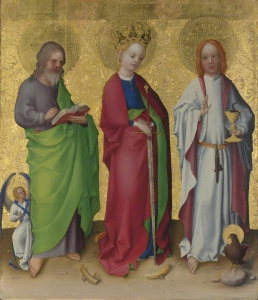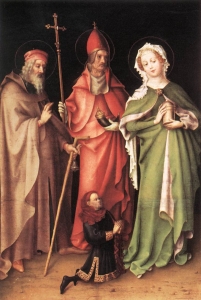Hieronymus Bosch (c.1450-1516) was a notable painter of the fifteenth and sixteenth century. The main theme of his artworks were fantastical, imaginative, apocalyptic, and satirical. Bosch was quite popular as he constantly received commissions. However, Bosch never dated his paintings and had only signed some of them, therefore we have less than 25 paintings from him.
“The Seven Deadly Sins and the Four Last Things” (c. 1500) is one of Bosch’s more important works as it depicts God watching man’s downfall and the 7 deadly sins in everyday situations with different social classes. There are also references to his other works in the four corners with, the Death, the Last Judgment, Heaven, and Hell.
“The Last Judgement” (c. 1482-1505) presents the fall of humanity from left to right. An interesting thing to note is that the piece only depicts heaven and hell, with no indication of a reflective purgatory or middle ground.
“Death and the Miser” (c. 1490) is the piece I enjoy the most and one that blends the fears of imagination with the grounds of the tangible. Quite relatable as sometimes people fear imaginary creatures around their bed.
“The Garden of Earthly Delights” (c. 1490-1510) Considered Bosch’s masterpiece, displaying the Garden of Eden, the third day of the world’s creation, and the last judgement, the key stories of mankind in the Bible.
A famous painting of the Triptych of “The Temptation of St. Anthony” (c.1501), one that has been recreated many times. Interestingly enough this is one of Bosch’s many interpretations and paintings of “The Temptation of St. Anthony”.
Sources:
